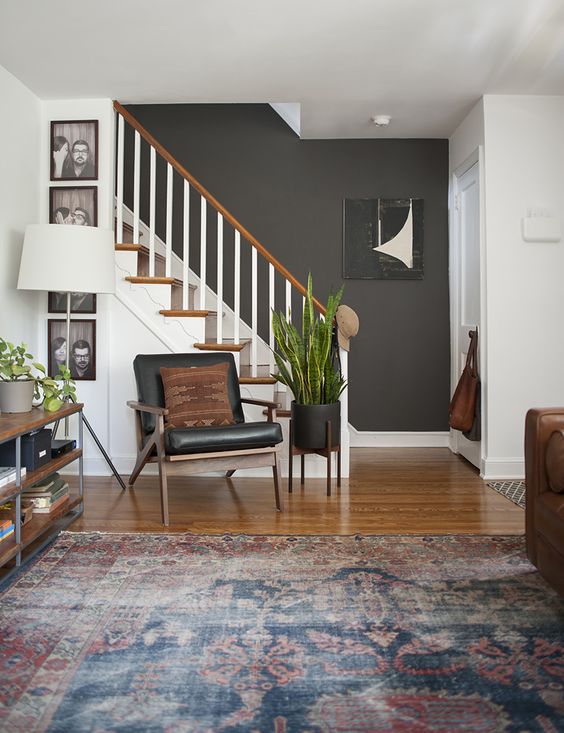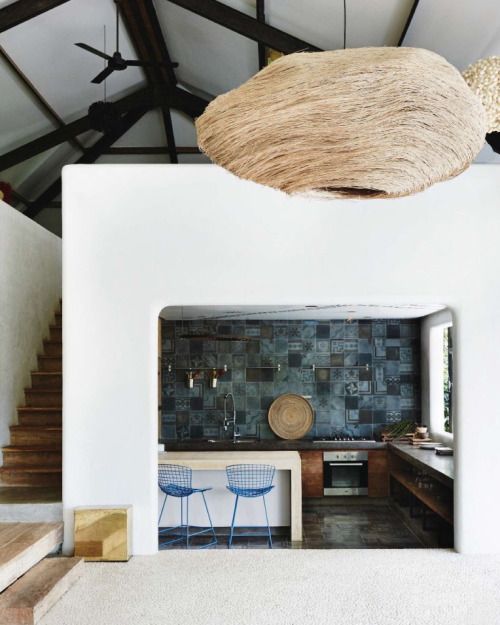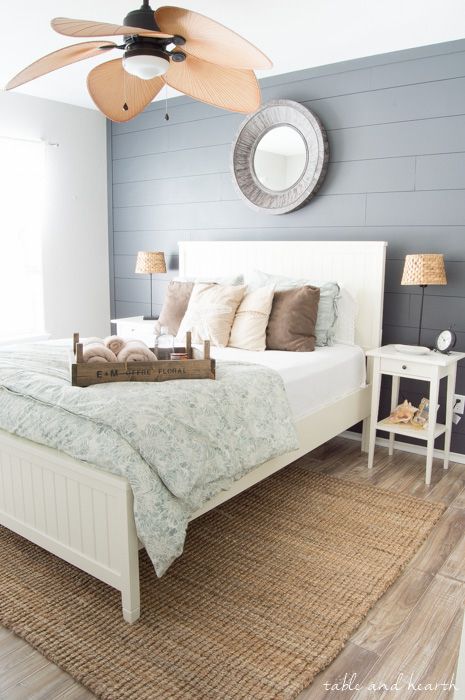This week’s Tuesday Tip is brought to you by the Accent Wall…those brightly colored, boldly patterned, or interestingly textured areas within a space that grab your attention, suck you in, and keep you mesmerized. Accent walls have been around forever and are frequently used by designers to help add interest and depth to a space. They’re everywhere-some are subtly perfected and sometimes others are obnoxiously overdone. Here are some guidelines and ideas for correctly implementing the accent wall in your space!
1. Selecting the right room.
Like I mentioned in my instagram post, my first home had an accent wall in every room…which I DO NOT recommend. It was chaotic. I have learned from my mistakes and now I am here to share them with you, laugh at myself, and hopefully keep you from committing the same design sins. Instead, select a single area (maybe two depending on how large and interesting your space is) that commands attention. When someone walks into the home or business, what do you want them to notice first? The living room whose fireplace draws visitors to gather in that space? The kitchen with so much character that it feels alive? The retail display that traditionally draws the most customers and makes the most sales? Take time in making sure the area selected is one that will add to the design and enhance the flow of the space.
This wall screams “Hey, come upstairs!”

This beachy blue tile draws you into the kitchen nook.

2. Selecting the right wall.
Generally, the accent wall is the first thing you see when you walk into a space. It can be used in many different ways to help enrich the design. When used in way finding, the accent wall is what would visually pull you through and/or into the space. They can also be a great marketing trick in commercial design, because they pull people to the back of the space encouraging them to spend more time inside, see more product, and hopefully make purchases. Accent walls are also the perfect way to highlight architectural details like a stunning window wall, wainscoting/shiplap, a fireplace, a cool built-in, or an architectural nook. They can even be used as anchor walls for large pieces of furniture like a sofa or a bed.
In this image from table & hearth, the bed is anchored by the shiplap.

3. Selecting the right color or material.
Finally, once you’ve decided the perfect placement for your accent wall, you need to determine the best way to highlight it. Paint always works, but a lot of times I feel like people paint an accent wall because they’re too afraid to use their favorite color on all 4 walls…to which I say, it’s paint-it can be re painted in a year, GO FOR IT! Sometimes a darker or brighter color paint on the accent wall is great to help highlight other accent textures, like the brick on a fireplace or the wood of a built-in. Using texture as the accent wall works well too. Grasscloth wallpaper, brick, stone, shiplap, and wainscoting are all ways to accent a wall with texture. Finally, there’s the patterned wallpaper…which is a huge trend right now. The fact that they are making removable wallpapers that don’t damage your walls helps too-after all, nobody wants to remove traditional wallpaper ever again!!!
Using pattern…

or texture…

4. Accenting your accent wall.
Once you’ve done all this work on the walls, you should try to use the furniture and decor in the space to further accent your accent wall. Using art and decor in the same color of the accent wall or items that provide the same type of pattern or contrast somewhere else in the space is a great way to call attention back to the wall and make the space feel more harmonious-the full design circle! Another great idea? Use a mirror on the wall opposite the accent so you see it even when looking in the other direction :)

We would love to see how you’ve done the accent wall…just tag #sbdtuesdaytip in your posts!






